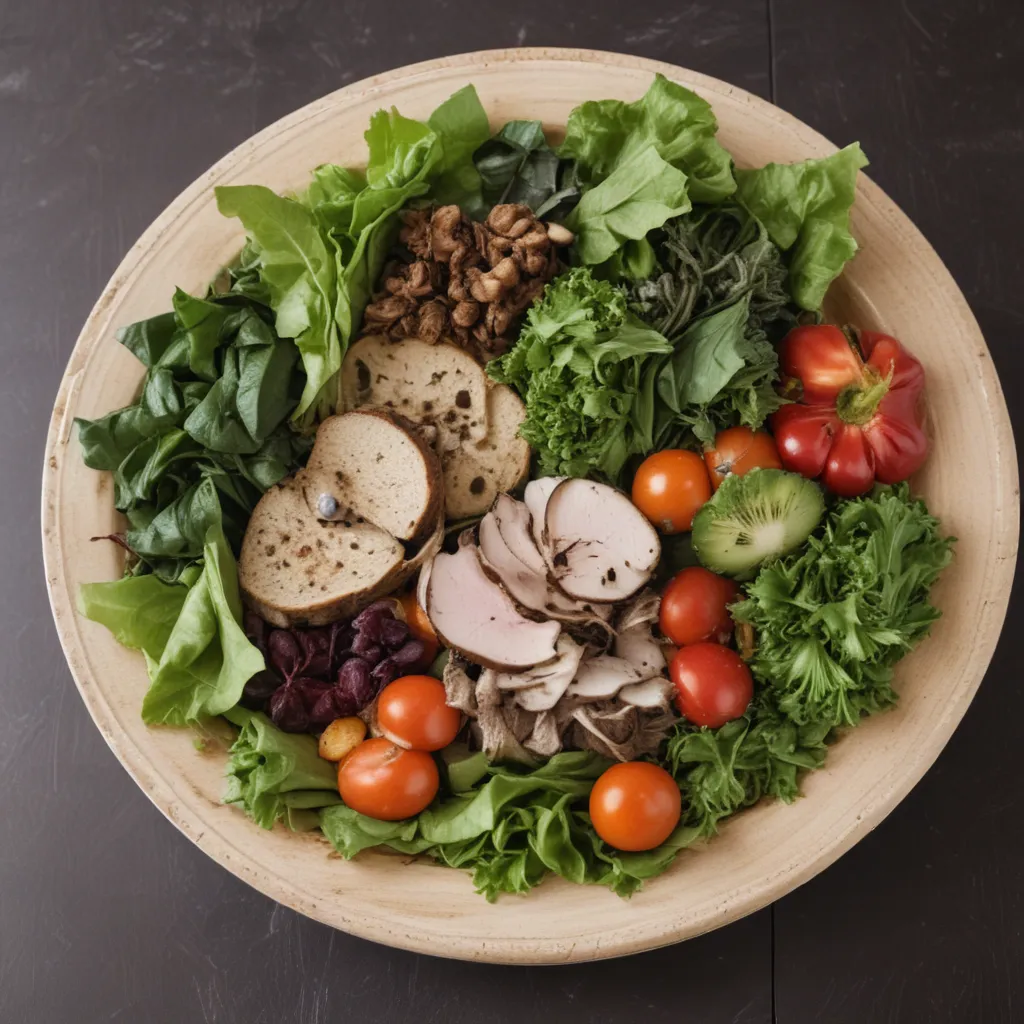
Embracing Sustainability at Camperdown Elm
As a proud Brooklyn-based restaurant, Camperdown Elm has always prioritized sustainability and environmental consciousness. One of our core missions? Tackling the staggering issue of food waste. I mean, have you seen the numbers? According to the USDA, a whopping 30-40% of the food supply in the United States ends up in the trash. Yikes. That’s enough to feed the entirety of New York City twice over.
But you know what they say – where there’s a problem, there’s an opportunity. And at Camperdown Elm, we’re seizing that opportunity with both hands (and a few sturdy compost bins). Join me as I take you behind the scenes of our green dining initiative, and show you how we’re working to cut food waste, support local producers, and serve up delicious, sustainable meals day after day.
From Farm to Table…to Compost Pile
Let’s start at the very beginning, shall we? When it comes to reducing food waste, the journey begins long before the first plate hits the table. In fact, it starts all the way back at the farm.
You see, we have a deep, long-standing relationship with our network of local, organic producers. These aren’t just faceless suppliers – they’re partners, friends, kindred spirits in the fight against food waste. We work closely with them to carefully plan our ordering and sourcing, ensuring that we only receive the exact quantities we need to fill our daily menu. No more, no less.
But that’s just the tip of the iceberg (a sustainable, locally-grown iceberg, of course). We also make a point to utilize every last bit of the ingredients that come through our doors. Vegetable scraps? Into the stock pot they go. Stale bread? A quick whiz in the food processor, and presto – homemade breadcrumbs. Even those tough, stringy ends of asparagus spears have a purpose in our kitchen – they lend a lovely, earthy flavor to our soups and sauces.
And when there’s truly no other use for an ingredient? Well, that’s where our robust composting program comes into play. We’ve got a fleet of industrial-grade composters humming away behind the scenes, turning our food scraps into nutrient-rich soil that we then donate to local community gardens. It’s the circle of (sustainable) life, my friends.
Partnerships and Initiatives
Of course, the fight against food waste isn’t one we can wage alone. That’s why we’re constantly seeking out opportunities to collaborate with like-minded organizations and initiatives in our community.
Take, for example, our partnership with the NYC Food Waste Fair. Each year, we participate in this citywide event, sharing our strategies and techniques with other restaurants, chefs, and food businesses. It’s a chance to learn from the best, swap stories, and discover new ways to reduce our environmental impact.
We’re also proud supporters of City Harvest, donating any excess, untouched food at the end of each service. This incredible non-profit organization redistributes these edible goods to feed New Yorkers in need – a win-win situation if I ever saw one.
And let’s not forget our involvement with the James Beard Foundation’s Smart Catch program. As a certified member, we’re committed to sourcing our seafood from sustainable, responsibly-managed fisheries. Not only does this help minimize waste, but it also ensures that we’re serving our guests the healthiest, most environmentally-friendly proteins possible.
Educating and Inspiring
Of course, our efforts to reduce food waste don’t stop at the kitchen door. Oh no, we’re on a mission to spread the gospel of sustainability to our entire community – starting with our guests.
Each time someone walks through our doors, we make sure to educate them on our green initiatives. Our servers are trained to enthusiastically explain our composting program, highlight our partnerships with local producers, and share tips on how diners can reduce their own food waste at home.
We also use our platform to shine a spotlight on the issue of food waste more broadly. Our social media channels are a hub of educational content, from infographics on the environmental impact of food waste to recipe videos showcasing zero-waste cooking techniques. And let’s not forget our monthly newsletter, which often features interviews with experts, updates on our sustainability efforts, and actionable advice for readers.
But perhaps our proudest initiative is our annual “Root-to-Stem” dinner series. During these multi-course feasts, we showcase just how much deliciousness can be derived from typically discarded plant parts. Carrot top pesto? Check. Radish leaf salad? You bet. It’s a culinary adventure that delights the taste buds while opening diners’ eyes to the vast potential of food scraps.
The Road Ahead
As you can probably tell, the team at Camperdown Elm is pretty darn proud of the strides we’ve made in reducing food waste. But the truth is, we’re just getting started. This is a battle that requires constant vigilance, innovation, and a relentless commitment to continuous improvement.
That’s why we’re always on the lookout for new ways to up our sustainability game. Maybe it’s experimenting with cutting-edge composting technology, or forging even deeper connections with local farms. Perhaps it’s developing educational programs to inspire the next generation of eco-conscious eaters. Whatever the next step may be, you can bet your bottom dollar that we’ll be diving in headfirst.
After all, the stakes are high. Food waste doesn’t just mean wasted food – it’s also a massive contributor to greenhouse gas emissions, water usage, and landfill overflow. And with the existential threat of climate change looming ever larger, we simply can’t afford to be complacent.
So, the next time you dine with us at Camperdown Elm, know that you’re not just enjoying a delicious meal. You’re also playing a vital role in our mission to create a more sustainable, eco-friendly food system. Together, we can prove that green dining isn’t just good for the planet – it’s also downright delectable.
